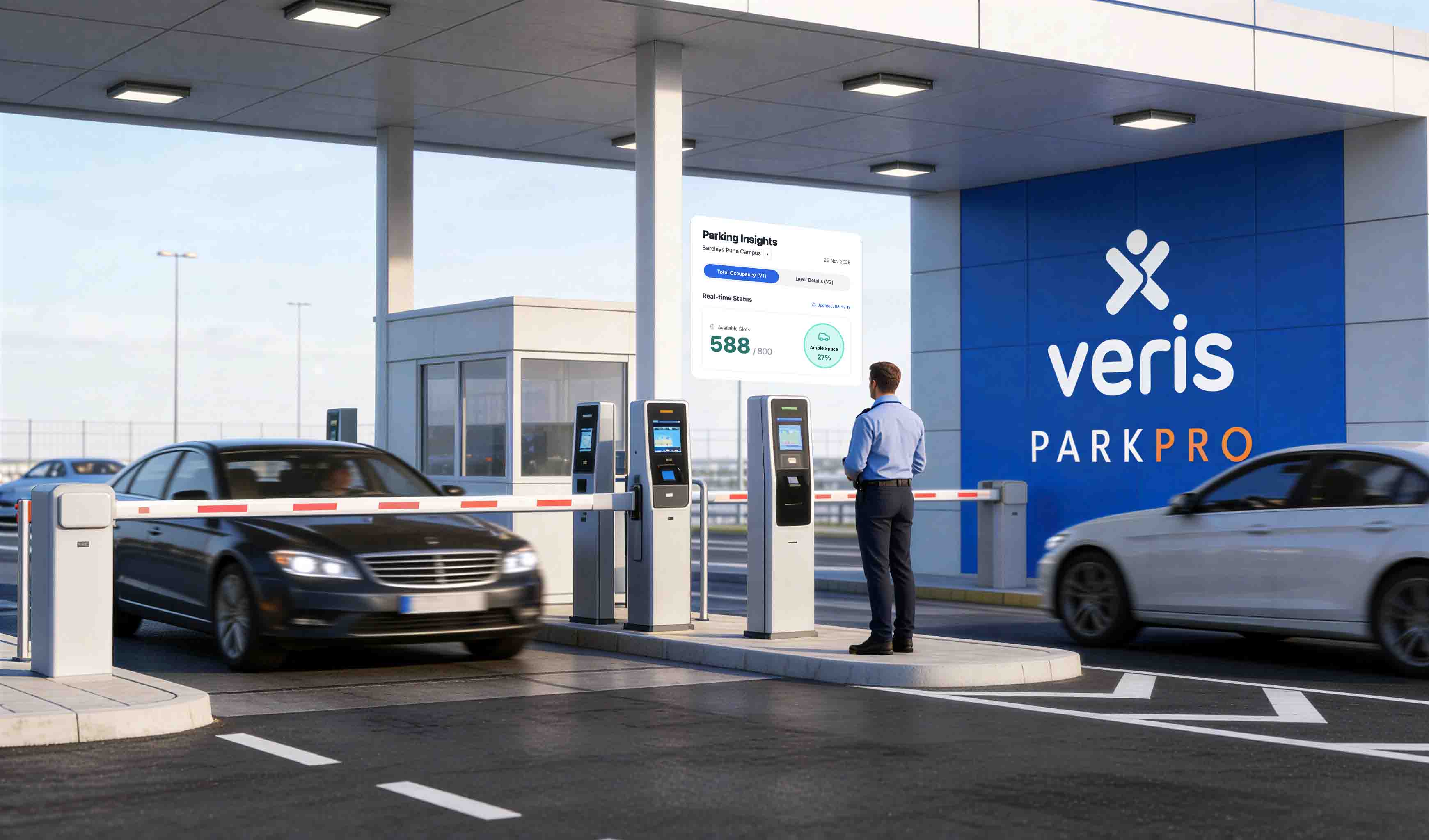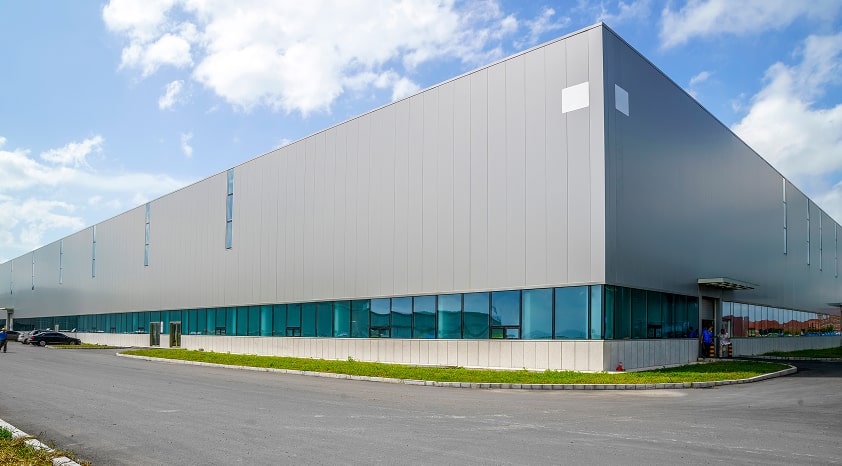Hot-desking solutions have become a mainstay of modern working life with the rise of remote work, open office plans, and collaborative coworking spaces. More than a trend, it allows people to work when and where they want, and it’s a tool that self-employed people as well as established businesses use to stay productive and connected, no matter where their jobs take them. Commenced in the 1990s, organisations are finding this concept to be more relevant in the present scenario when they are considering restructuring their workspaces to accommodate evolving employee demands, so as to find the best way to get them back to work after COVID-19.
Consider the following scenario: your office has five empty workstations. You don’t have the budget to hire more individuals to fill those seats, and you already have a remote workforce. Those workstations are left empty every day. You lose money in this process. The solution: Switch such unused workspaces into hot desks. For a day, remote employees, collaborative partners, and visitors now have their own area. But now you’ve got a new issue to deal with. People come and go on a daily basis, and you never know who is seated where or how long they will be there. You’ll need a record-keeping system—something more than a guest book for people to sign.
That’s where the hot desk booking software comes in. It’s a digital record-keeping system that keeps track of all the details of your hot desking setup. It’s everything right there—assign desks for specified periods of time, keep track of who’s sitting where and how to contact them, see how many places you have remaining, and more.
Hot-desking offers numerous advantages, ranging from ease and flexibility to intangibles such as community and creativity. But how does it operate, and is it appropriate for your business?
What is hot-desking?
Hot-desking is an ad hoc organisational workspace structure in which various people use different workstations at different times. By minimising redundant office space, the goal is usually to maximise space efficiency and reduce real estate risk, thereby fostering productivity. Hot desks can be used in both private offices and shared workspaces. The social aspect of hot-desking is often highlighted as a technique to stimulate cross-disciplinary collaboration, while the flexibility is generally related to an increase in employee innovation.
However, facilities managers must understand how to set up and maintain hot desks in order to get the most out of them. Hot desking is the most appropriate solution to all space usage issues of eager facilities managers. However, before getting rid of permanent desks, think about what they do. Turning an entire workplace into a free-for-all hot desk may cause more difficulties than it solves. Instead, consider hot desking as a flexible response to a single need: occupancy. Assume your business has 200 desks, with 70 percent of them being assigned on a permanent basis. The addition of another 60 staff members should be planned for the future, which would push workspace capacity to its utmost.
Exploring the power of a good hot desking software
Whatever method you use to make hot desks available to employees, a good hot desking software is essential. Facility managers may assign, organise, and maintain hot desks with the use of software like this. The following is how it works:
- Employees choose or are assigned a hot desk when they check in for their shift.
- When the desks fill up, facilities managers can see how many are occupied, where they are, and what the occupancy rate is.
- The system of record reacts to workers moving or leaving their desks, providing real-time updates to facility management.
- Facilities managers can see how often, by whom, and for how long their hot desks are used by looking at data across time.
A smart hot-desking solution
Hot desking allows you to increase the number of people in your office without disturbing your day-to-day activities. It’s a versatile solution that fits into flexible work environments and provides unique chances for workers to be accommodated. Desk booking software is essential whether you have hot desks, open workstations, or agile workspaces. There is just no substitute for the kind of control, supervision, and data it delivers. The centralised control provided by desk booking software plays an important role in workplace administration, even in smaller organisations. You may not always have the same workstation with hot desking, but you will always have a desk!
Hot Desking vs Office Hoteling Reservation System
As more businesses use agile workspaces, there has been an increase in misunderstanding of the concept. Not only do different parts of the world employ different terminology, but the space and idea of flexible work are also evolving. In hoteling, workspaces are scheduled in advance via a booking app or service, usually for longer periods of time such as several days, a week, or a month.These setups are more permanent and don’t alter as frequently as hot desking setups.
The short-notice availability, improved cleanliness and organisation are few of the upsides of a hot desk booking solution, whereas hoteling provides an option of exercising more control on your place of work.
More adaptable options
Veris has made access to hot desks, as well as other workspaces like meeting rooms and private offices, far more accessible and flexible to suit the growing number of workers in the remote workforce and enterprises employing hybrid workplace models. Veris offers hot desking software to reinvent places for effective workplace distancing, so flexibility and accessibility do not come at the expense of safety and social distancing measures.





































.avif)
.avif)





